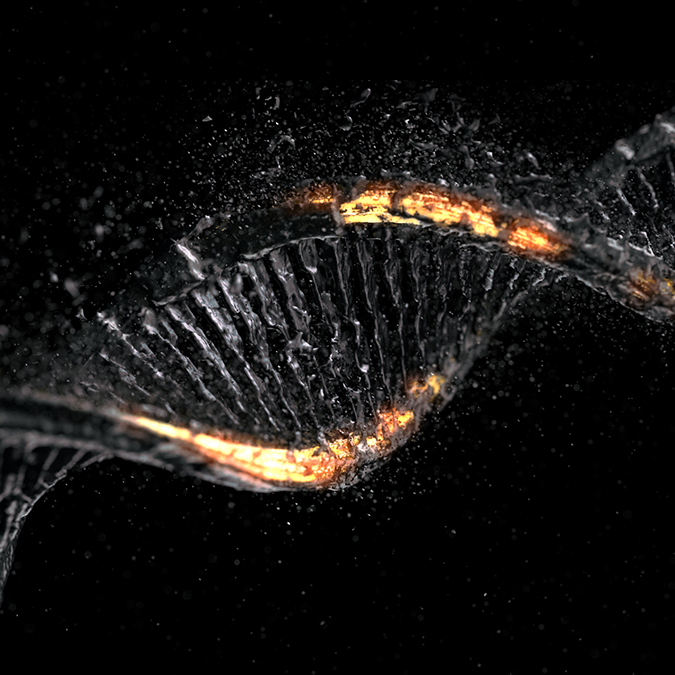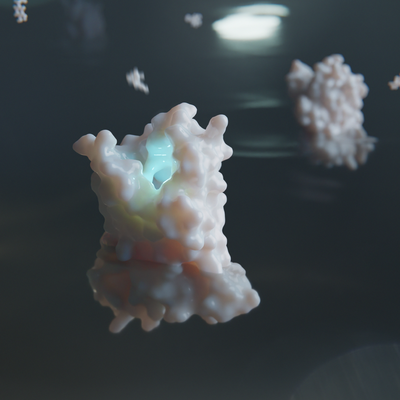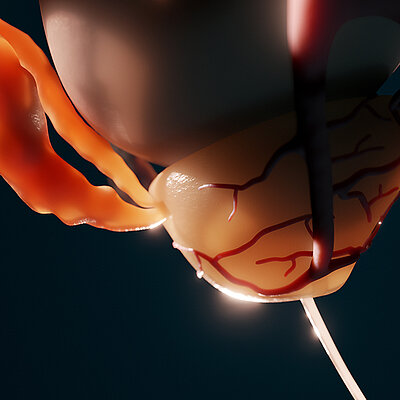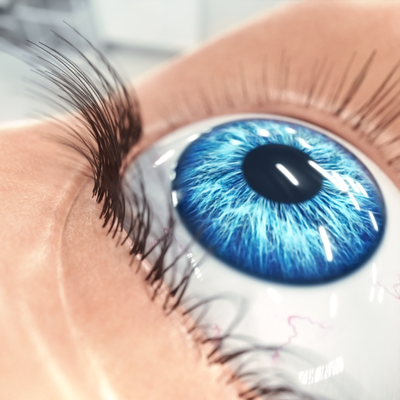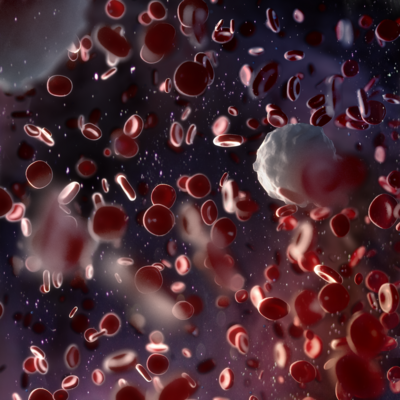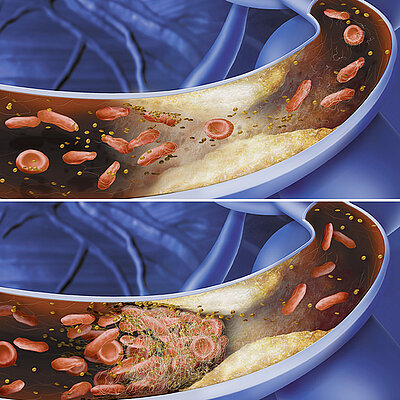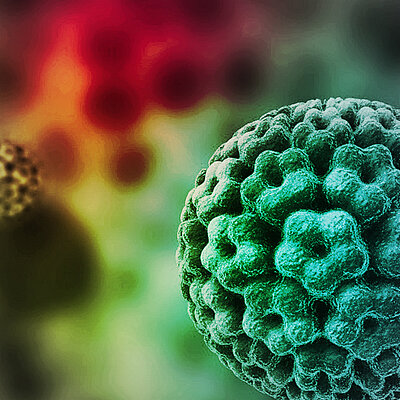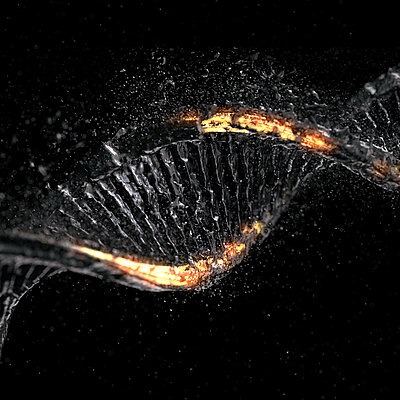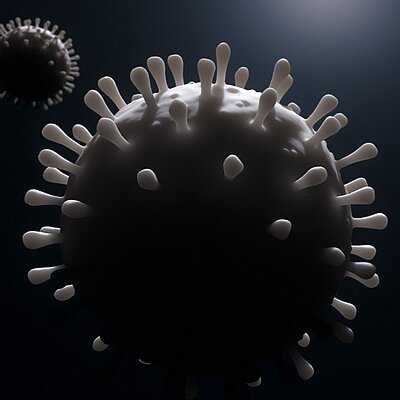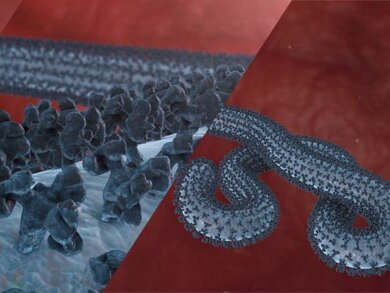DARK DNA
Recently we’ve seen a rise in interest in the scientific community about what is called “Dark DNA.” Dark DNA refers to genetic mutations that are thought to be responsible for several types of cancers and other diseases. There are some hypotheses about Dark DNA but we don’t have any scientific evidence that can conclusively prove its existence just yet.
THE DARK SIDE OF DNA
Dark DNA might be the driving force of evolution, but it can also result in genetic dead ends (one example of where we see Dark DNA would be in the BRCA1 or 2 genes which are linked with breast cancer). Dark DNA can't be seen with a microscope the way normal DNA can be, but it can be detected using techniques like sequencing or by looking for its chemical footprint.
Dark DNA might play an important role in several biological processes which are related to evolution such as gene regulation, chromatin structure and recombination between chromosomes or epigenetics.
WHY CALL IT “DARK DNA”?
Dark DNA refers to a new genetic variation. In recent years, scientists found that there are many more differences in our genes than previously thought and that these changes can't be detected through traditional methods. This means that we, as humans, are all genetically unique. So why is it called Dark DNA? The reason is because these mutations are difficult for biologists to detect – they're hidden, or in the "dark".But recently science has begun developing new ways of highlighting these variations so they can finally be studied.
WHAT DOES IT DO AND HOW CAN WE USE IT TO OUR ADVANTAGE?
The role Dark DNA plays in our genetics is a subject that has fascinated scientists for years. The first study to investigate the phenomenon was done by two researchers from Columbia University in New York, and it found that all human DNA is not created equal. Dark DNA consists primarily of "junk" or unused genes left over from our ancestors’ evolutionary development, but there’s also a possibility that Dark DNA may contain important information about how humans evolved. Scientists are still unsure as to what these hidden proteins do – or even if they exist at all. If verified, this could be a truly revolutionary discovery. But unfortunately, because of its complexity and difficulty to detect, research on Dark DNA has been limited in scope until now.
THE DIFFERENCE FROM “REGULAR” DNA
DNA is the genetic material that carries all a living organism’s traits. It encodes information about how an organism will look, behave, and interact within its environment. DNA is thought to exist in two forms: Dark and Light DNA. Light DNA is the DNA we’ve known about for a long time and contains only one type of nucleotide base (A, G, C or T). Dark DNA is believed to have both light and dark bases which are less stable than those found in “regular” DNA. The stability difference between these types of DNA mean that they can be used for things such as easier detection of cancerous cells using fluorescent biomarkers on Dark DNA rather than looking for a specific mutation on light DNA.
WHO DISCOVERED DARK DNA AND WHY STUDY IT?
The theory of dark DNA was first proposed in a 1996 paper by Nobel Prize winning French virologist Luc Montagnier, who discovered HIV (the human immunodeficiency virus known to cause AIDS). He theorized that two percent of the human genome is composed of “junk” or DNA that serves no known function.
In the beginning of the 20th century, an American scientist by the name of Thomas Morgan conducted an experiment on fruit flies. He observed that some traits were passed down to offspring even if not inbred with another fly from the same species. This suggests that characteristics can be inherited without being caused by genetic mutations themselves. Today, we know this as “Dark DNA.”
The Dark DNA theory was formulated in 2015 by scientists from the Russian Academy of Sciences. They discovered several unusual phenomena related to Dark DNA, which remain unexplained. Scientists believe that dark DNA has been around since humans first evolved 200-300 thousand years ago but it wasn’t until recently that we had enough data to analyze it properly. Scientists also believe that dark DNA may have originated from viruses which are now extinct.
POTENTIAL MEDICAL APPLICATIONS
The recent possible discovery of Dark DNA has led to new understanding in the human genome. This genetic material is found in all humans and can be used for medical research, which could lead to significant breakthroughs in cancer treatment through a process known as gene editing. One theory suggests that Dark DNA could play an important role in tumor suppression because some cells have more than one copy of a gene while others may not.
Dark DNA is also being studied as a tool towards understanding how debilitating brain diseases like Alzheimer's develop.
Dark DNA has been theorized to be responsible for the generation of new genes and is thought to sustain existing species by allowing them to evolve without turning into genetic dead ends. Dark DNA is a new phenomenon. While it has yet to be conclusively discovered in humans, researchers suggest that if it exists, that it could play an important role in protecting organisms from viruses. Another theory suggests that there might be new types of genes present on this part of the genome which remain undiscovered and unknown to science.
The theory of Dark DNA is an intriguing idea that’s sparked a lot of debate within the scientific community.
As medical professionals continue their research into understanding how this type of gene mutation may affect our health, it will become more and more clear whether or not these changes can be passed down from one generation to another.
What are your opinions on Dark DNA? Let us know on Twitter!
We have just released our latest 3D animation on YouTube: watch here!

